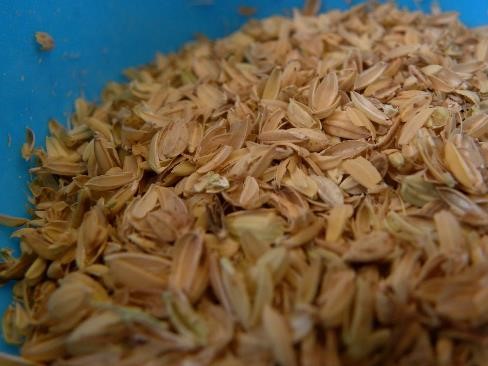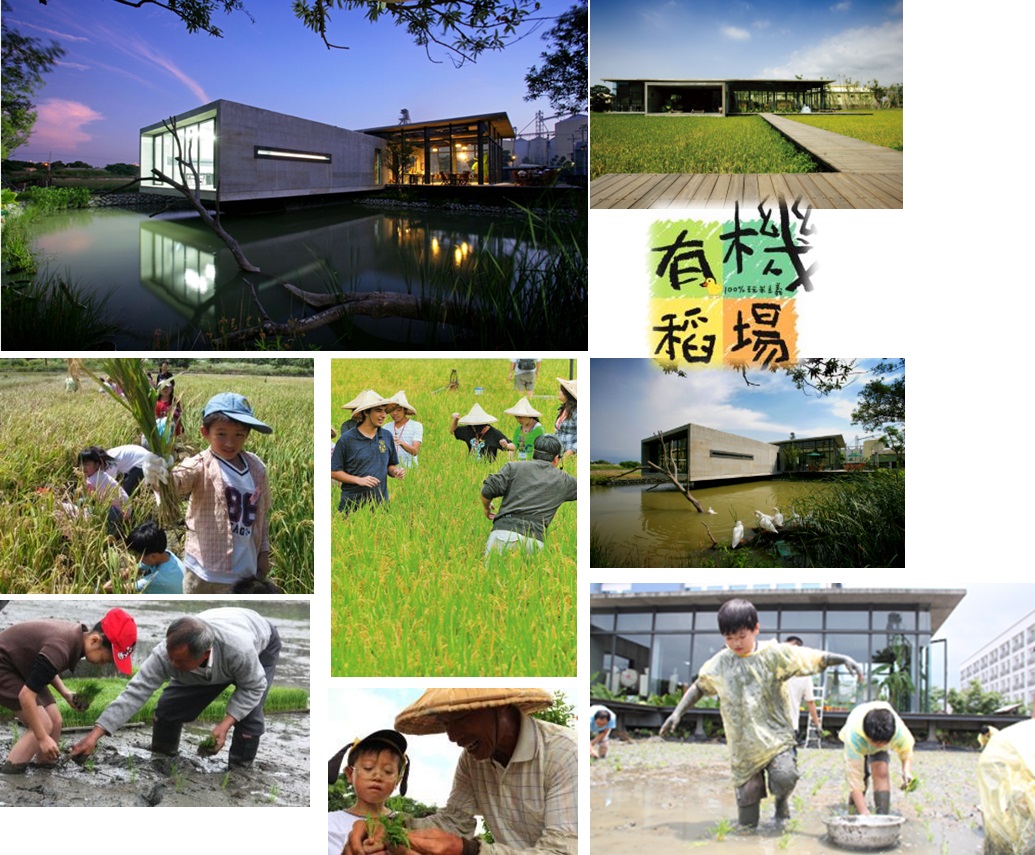Introduction
Source: SunSuiVi
Who is SunSuiVi?
- One of the leading manufacturers and marketers of rice in Chinese Taipei
- A well regarded company with a reputation of providing customers with the freshest and safest rice in Taiwan
- An established and trusted brand in the markets of Food and Food Services, Food Industries, and Retail Sales.
Comparison of Rice Production in Cambodia and Chinese Taipei

Post-Manufacturing food loss prevention
- Package size and packing methodology
- 30 years ago- Evolution of consumers’ shopping habits.


- 20 years ago- 1st small package retail size was introduced

- Today- Adapting to consumers' evolving shopping habits: Offering multiple package sizes.




30Kg 15Kg 9KG 3Kg - Vacuum packing and Nitrogen packing

- Vacuum packing and Nitrogen packing

- Premium packages
- Sunsuivi is committed to promoting vacuumed packed rice as a means of offering the freshest rice on the shelf.
- Market growth over the past 2 years: 100%

- 30 years ago- Evolution of consumers’ shopping habits.
- Inventory management
- Rice's biggest enemy: Insects!
- Common problem for all agricultural products.
- Eggs are long laid into the rice grain in the rice field.
- After the milling process, when in final rice form, insects can hatch out when the temperature is right.


- Proprietary Technology to Remove Infestation
- Store Shelf Inventory Monitoring:
Collect and monitor in-store inventory information using web-based tools. - Make to Order:
Minimize the inventory in the warehouse. - Constant Market Monitoring:
Apply appropriate promotions to slow moving products. - Sales Rep's Performance Management:
Set goals for district representatives to minimize product return frequencies.
- Store Shelf Inventory Monitoring:
- Proprietary Technology to Remove Infestation
- Chinese Taipei's Council of Agriculture has found 27 kinds of insect infestation present in rice in Taiwan.
- One type of insect cannot be eliminated during the hard rubbing and squeezing of the rice milling process: “Rice Weevil”.
- Vacuum packs can only suppress the hatching and growth of pest eggs temporarily.

♦Applying high-frequency disinfestation technique, using microwave treatment.
♦Effectively destroys pest eggs.
♦Has little effect on rice quality.

- Rice's biggest enemy: Insects!
- A proprietary reprocessing technology
- Has some limited impact to the quality/ structure of rice.
- Apply methodology under limited circumstances.
- Proven effective to prevent food loss!

- Reclamation of production by-products
- Eliminating Waste: Making Use of Rice By-Products
- Rice Hull: Fertilizer and substrate/ Animal feed (Fiber)/ Energy source


- Rice Bran -- Stabilized
- Rice bran usually becomes acidified and oxidized quickly after being removed from the rice.
- Working together with the China Grain Products R&D Institute, we have successfully stabilized the bran without adding any chemical substances or by decreasing its nutritive value.
- Now consumers can benefit from this valuable and nutritious natural product.
- High in Dietary Fiber
- High in Vitamin E、B
- Great Source for GABA、IP6

- Broken Rice
- Supplied to the industrial market, for making value-added food products.
- Lower quality broken rice can be used as animal feed.

- Rice Hull: Fertilizer and substrate/ Animal feed (Fiber)/ Energy source
- Eliminating Waste: Making Use of Rice By-Products
- Consumer continuing education
- Organic Farm
- An effective way to educate consumers to be more aware of the value of food (thereby discouraging waste) is to offer a first-hand experience in rice farming!
- In 2004, Organic Farm Land was constructed to promote organic rice growing, and raise the level of environmental consciousness.
- Here, kids get to experience the process of rice farming!

- Organic Farm
